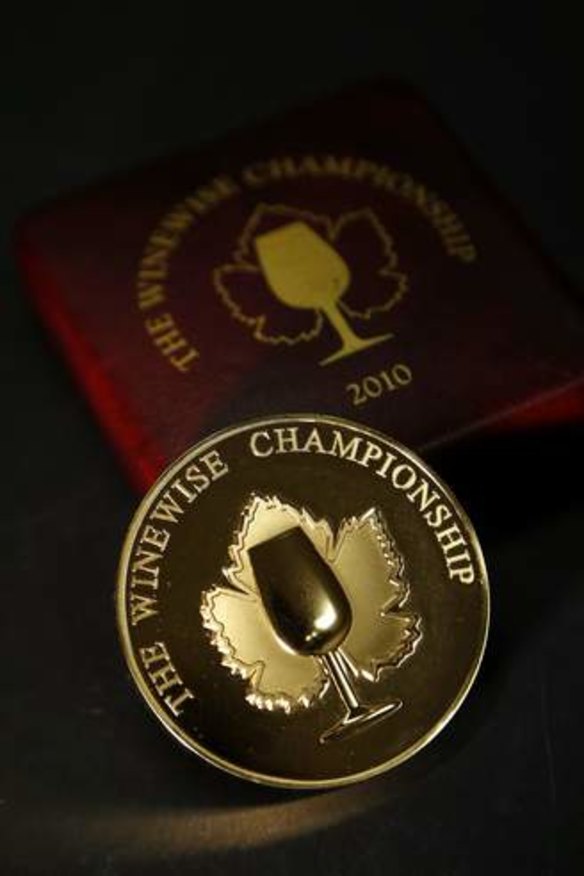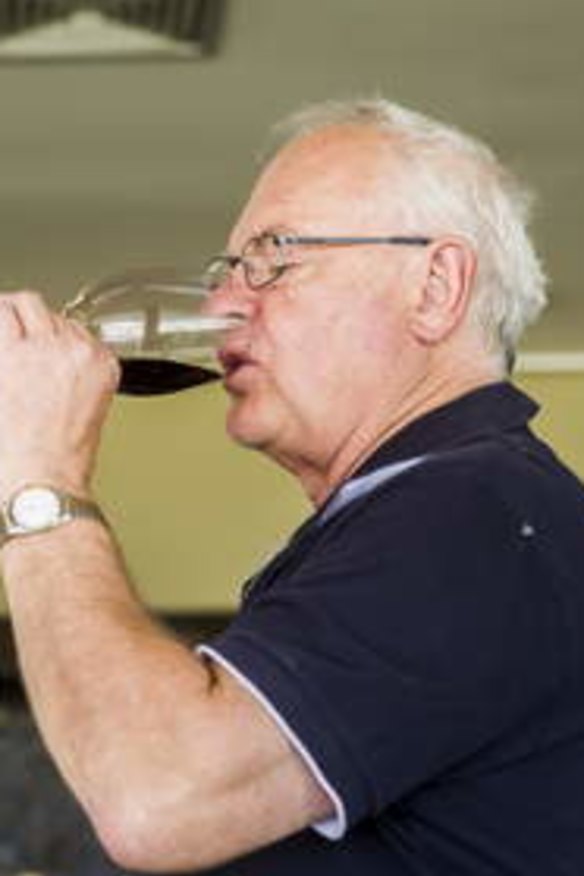Top marks for keeping the competition small - and real

The concept of the Winewise Championship was born when I judged at the National Wine Show. The founders of that show had displayed considerable vision in bringing together some of the best wines from the capital-city shows, but I felt the concept needed a revamp.
Even though shows like Melbourne, Sydney and Adelaide still receive strong industry support, having judged at them I viewed them as medal factories with very large classes that are impossible to judge properly. I decided that regional shows, confined to the wines of single regions, produced more reliable results and a more accurate picture of wine quality.
So my approach was to invite all the gold-medal winners from the regionals and a few speciality shows such as the International Riesling Challenge to enter.

In judging, instead of spending days dealing with seemingly interminable line-ups of wines from different and contrasting regions, we taste the wines in groups no larger than seven and simply rank them in order of preference. The grouping would be left to the stewards and would be based on grape variety, vintage and origin. In the case of large numbers of entries, there would be heats and a final. Forget scoring out of 20 or 100. It simply isn't necessary.
Every medallion winner is an excellent wine, but the strongest classes this year were chardonnay and shiraz. Both showed considerable diversity of style, and the wines that rose to the top are world class. The chardonnay heat winners were:
■ 2011 First Creek Wines
Winemakers Reserve
Hunter Valley
■ 2011 Gralyn Wildberry
Springs Reserve
Margaret River
■ 2011 Paringa Estate
Mornington Peninsula
■ 2011 Seville Estate
Reserve Yarra Valley
■ 2010 Barwang Estate
Tumbarumba
■ 2010 Seville Estate
Reserve Yarra Valley
■ 2009 Wolf Blass White
Label
■ 2008 Seville Estate
Reserve Yarra Valley
The chardonnay final was a difficult task with wines so good that four different wines got first-place points from the five judges. It was so close that it was unanimously agreed any of them could have won. The finalists were all complex and barrel-fermented, but also driven by fresh, intense fruit. The coarse, oaky-style of chardonnay is thankfully disappearing.
The shiraz heat winners were:
■ 2009 Saltram No.1,
Barossa
■ 2009 Winburndale
Solitary Shiraz,
Bathurst
■ 2009 Shaw and Smith
Adelaide Hills
■ 2010 Honey Moon
Vineyard Adelaide Hills
■ 2010 Brands Laira Tall
Vine Coonawarra
■ 2010 Fox Gordon
Hannah's Swing Barossa
■ 2010 Rojomoma Red
Art Barossa Valley
■ 2011 Voyager Estate
Margaret River
■ 2011 Mandoon Old Vine
Swan Valley
The fact that a shiraz from a small producer 20 kilometres east of Bathurst won the shiraz medallion may surprise some, but not Winewise. Winburndale has done very well at the Small Vigneron Awards and the National Cool Climate Wine Show. The result was again very close; each of the five finalists received a first-place vote. Riesling also deserves a special mention, and the high quality of the 2012 South Australian vintage was reinforced by the Leo Buring Clare Valley Riesling that just edged out the 2006 Peter Lehmann Wigan.
The Winewise Championship was judged over three days, and recognised the fact that it's often difficult for judges to commit to that amount of time. So 10 judges participated, two doing the three days, the others two or one. It's an approach some shows would do well to consider.
>>Lester Jesberg, of Canberra, is editor of Winewise magazine and organiser of the Winewise Championship.